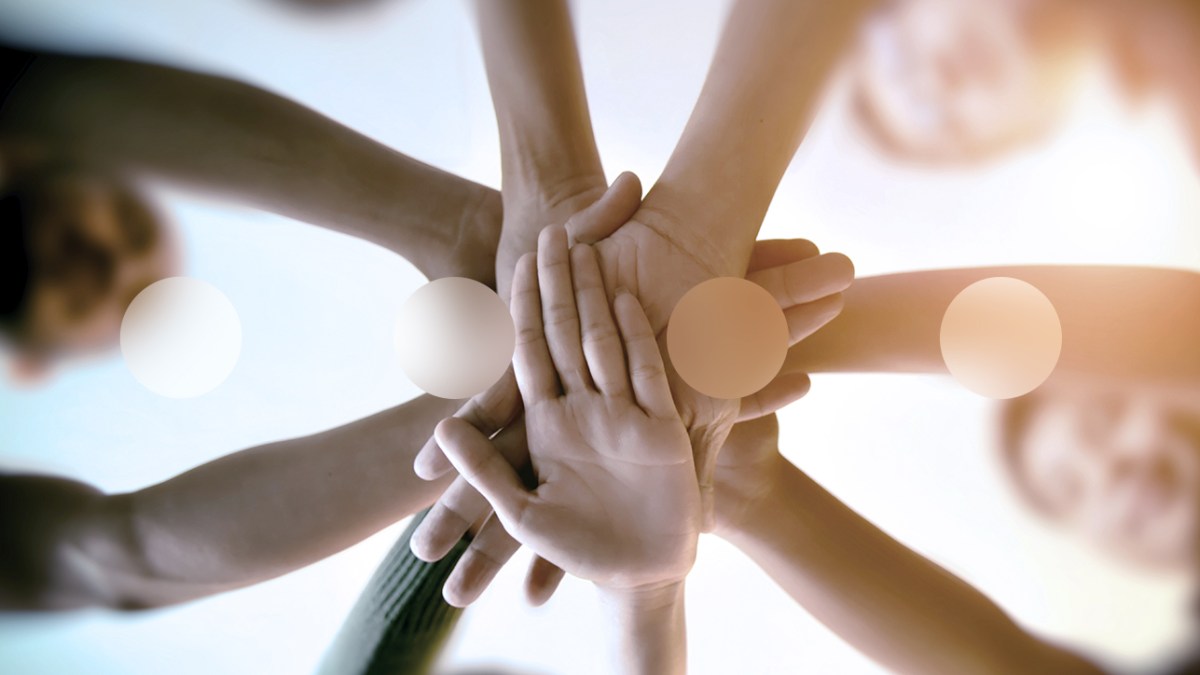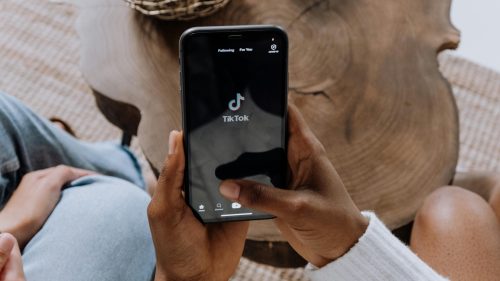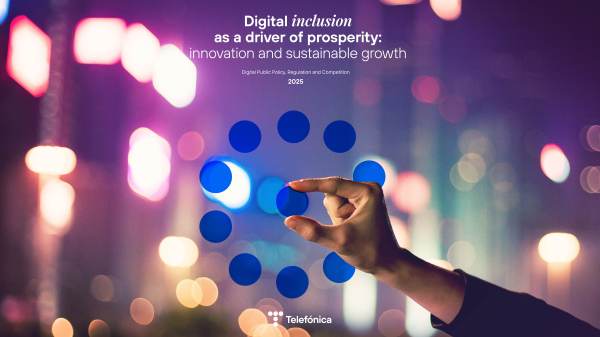Accessibility in immersive experiences
Social, as a concept, refers to equity between people. A project or a company is socially sustainable when it ensures that all people have equal access to the necessary resources and services.
Nowadays, when developing any project in the metaverse or web3, there must be involvement of people with different conditions in the project’s testing and phases.
In case you don’t know them, this accessibility we are talking about must take into account auditory, visual, motor, cognitive and generational capacities.
The work of Telefónica and Fundación ONCE in the Metaverse
Telefónica and Fundación ONCE have joined forces for a common goal, to build immersive experiences that are even more accessible.
As mentioned above, accessibility starts from the very moment the project is planned. Telefónica and the Fundación ONCE will be collaborating to develop this accessibility in the working methodology of products and services, which include the lines of research carried out by Telefónica’s Web3 and Metaverse department.
This joint effort will focus on three main points: Movistar Immersive Experience (MEI), virtual reality (VR) experiences and the application of artificial intelligence (AI).
More accessible virtual reality (VR)
Research into understanding people’s diversity is crucial if we want to develop projects in Web3 and the Metaverse that suit people’s different realities. What needs and limits of using virtual reality services and products exist, these are the two big questions. To have more inclusive profiles on development teams and having a space where they have a “voice” to communicate directly will greatly help teams on their path to accessibility.
For this reason, Telefónica and the Fundación ONCE are responsible for organising accessibility workshops where diverse people are included in the creation of products or services, among other initiatives.

Artificial intelligence as an accessibility tool
Artificial intelligence (AI) is something that is on everyone’s lips these days, for generating images, videos, text responses and so on. But have you ever wondered what uses and applications it can offer to bring digital environments closer to people with accessibility needs?
This approach in AI development is the second avenue of collaboration between Telefónica and the Fundación ONCE. Thanks to artificial intelligence, accessibility can be brought closer to immersive experiences, providing responses such as: facilitating communication, mobility and access to information for all kinds of people.
Through tools such as the development of AI-based technology for automatic description, interaction with three-dimensional images and video sequences or the description of image segments and interaction with visual questions, in these and many other ways, we will seek better access for all kinds of people to make immersive environments more accessible.
Movistar Immersive Experience, Telefónica’s accessible space in the Metaverse
Movistar Immersive Experience (MEI) is Movistar’s virtual space. A virtual world that recreates a Movistar city, where users can play games, watch new Movistar Plus+ content in 360 degrees, access information about Movistar products and much more with the help of Aura, the virtual assistant
Thanks to Fundación ONCE, Telefónica has a team of testers integrated into the MEI development team in order to test and validate the accessibility of the experiences offered. Thanks to this direct feedback, the Movistar Immersive Experience value proposition is and will continue to move forward with socially sustainable growth.
How Fundación Telefónica is bridging the digital gap
Since the development and innovation race began, technology has advanced at breakneck speed. Since the invention of the first modern computer in 1946, creativity and development have meant that, in less than a hundred years, we find ourselves talking about virtual realities and artificial intelligence on a daily basis, when these same subjects were treated as science fiction only thirty years ago.
Society has evolved, adapting at the same pace as technology, taking advantage of the strides made in social aspects, education, health, etc. However, people need extra help to keep up, which is why Telefónica, in collaboration with Meta, wants to promote access to virtual reality for the elderly through Fundación Telefónica’s project “Reconnected, technology has no age”.
In this initiative, Telefónica and Meta have worked together to offer mixed reality (XR) content through the new Meta Quest 3 devices. The aim is to provide immersive, accessible and personalised experiences that are tailored to the needs of older people and promote connectivity, entertainment and learning.
To this end, face-to-face and online workshops have been created especially for this group, regardless of their accessibility difficulties (visual, motor, hearing, etc.). These workshops carry out a comprehensive free programme which promotes the elderly’s digital skills in the Metaverse through spaces such as Movistar Immersive Experience (MEI).Here they have access to functionalities such as voice assistance and interaction, which helps people with reduced visibility or motor impairments.

Without people, there would be no experience
Telefónica has committed to the Sustainable Development Goals (SDGs) at three key levels: environment, society and governance.
In the article on the impact of Web3 and the etaverse on the environment, we talked about the environmental factor. In this article, we have discussed what is happening at the societal level. Chema Alonso, Telefónica’s Chief Digital Officer, says, “Telefónica has always been committed to guaranteeing access to technology in order to offer the best experience to all users.”
With actions such as those we have discussed together with Fundación ONCE and Meta, we can say that Telefónica’s path forward is to promote social progress based on digitalisation and leave no one behind.










